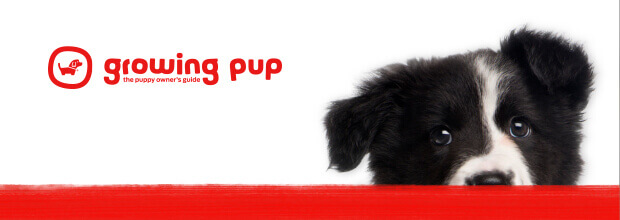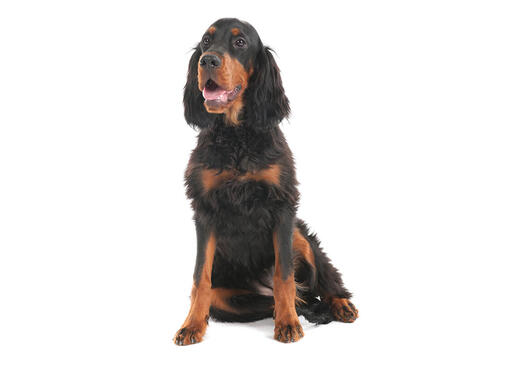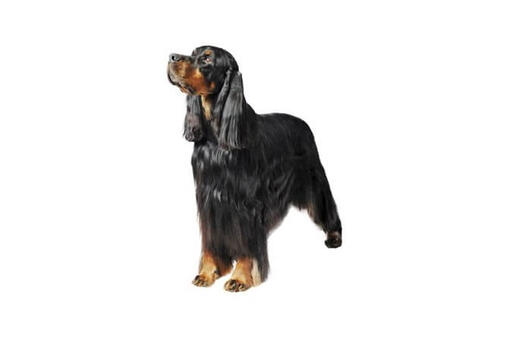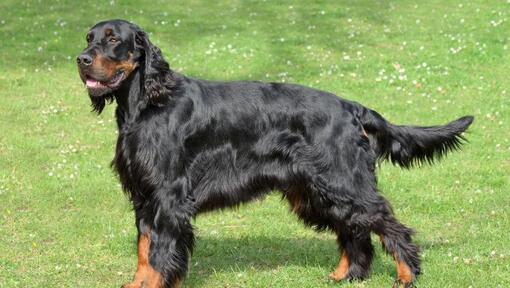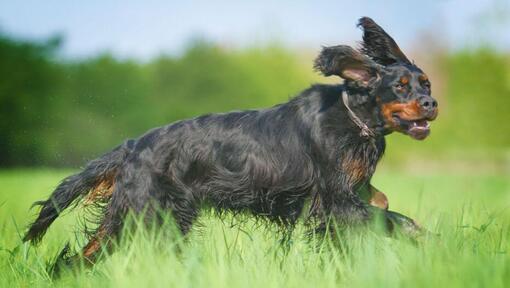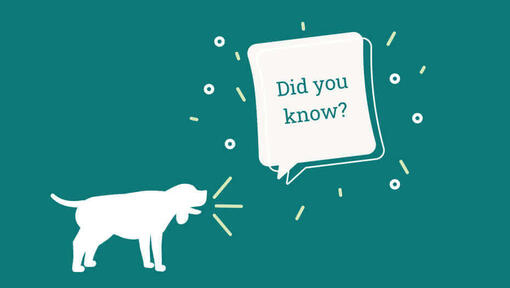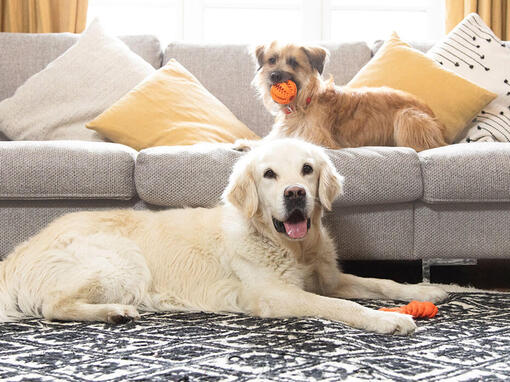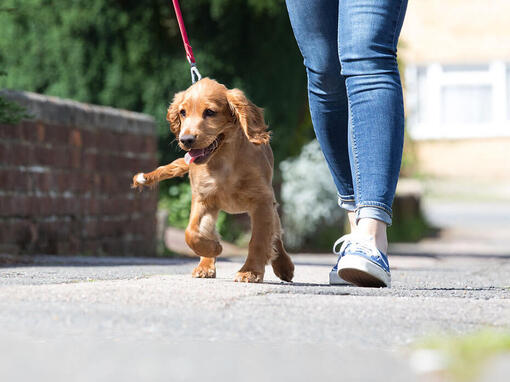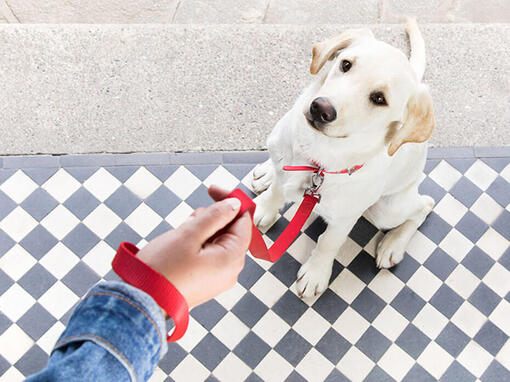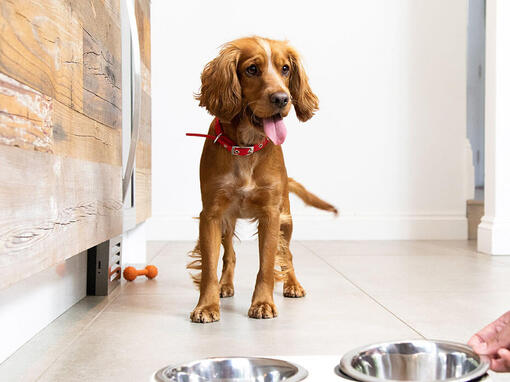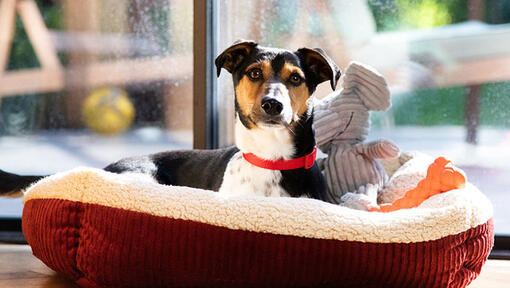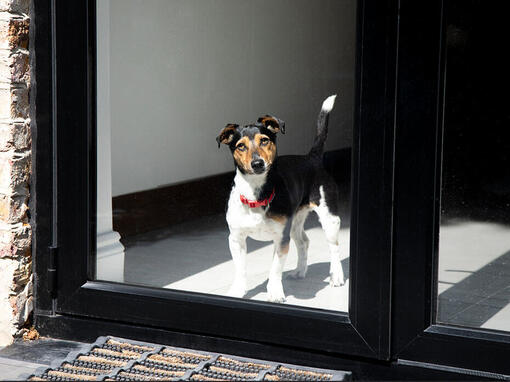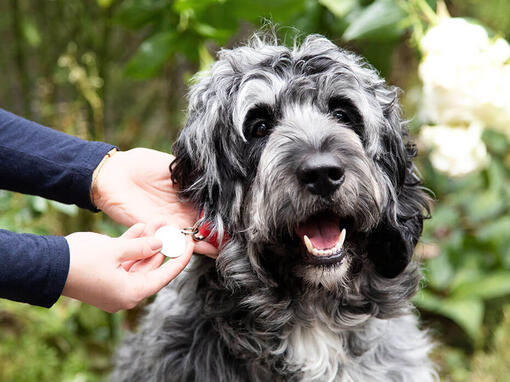History and Origins
Country of Origin: Scotland
Setters have existed in Scotland since the 1600’s, and towards the end of that century the 4th Duke of Gordon set about establishing his own recognised type.
For a long time however, the Duke was primarily focused on how well his dogs worked rather than what they looked like, and so his kennels housed and worked setters of many colours, including black and white, red and white and tri-colour – all called the Duke of Gordon’s Setters. It was later in the breed’s history that the black and tan form we know today became fixed, most likely as a result of the breeds success in the show ring.
Larger and slightly slower than smaller setters, the Gordon Setter had more stamina on the Scottish grouse moors and were reputed to bring home more birds than other gundogs.


